Are you wondering about the precise measurement of tablespoons in 3/4 cup? Spoiler alert: the answer is there are 12 tablespoons in 3/4 cup. Understanding measurements is crucial in cooking and baking, and knowing how many tablespoons are in 3/4 cup can greatly impact the outcome of your recipe. So, let’s explore the relationship between tablespoons and cups to enhance your culinary expertise and ensure precise measurements in your kitchen creations.
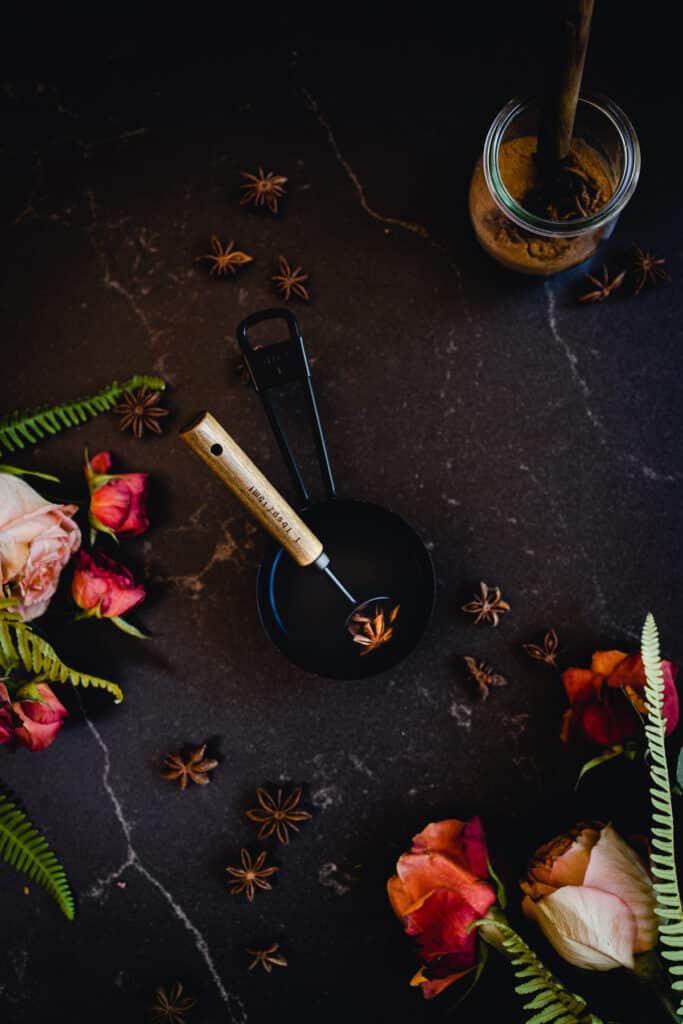
What is a tablespoon?
Here you can talk about where the tablespoon measurement came from, what it was originally used for, and what it is used for today. (And where they are used.) Feel free to write about how US tablespoons compare the metric tablespoons, UK, Canadian, and Australian tablespoons.
Tablespoons serve a dual purpose, functioning as both large serving spoons for dishes and precise measurement tools for cooking and baking. However, it’s important to recognize that tablespoon sizes can vary globally, leading to potential discrepancies in measurements.
In the United States, a tablespoon is defined as 0.50 fluid ounces or approximately 14.8 milliliters. In contrast, the United Kingdom and Canada utilize a slightly different tablespoon size of 0.51 US fluid ounces or 15 milliliters. Additionally, Australia introduces the Australian tablespoon, equivalent to 0.68 US fluid ounces or 20 milliliters.
These variations highlight the diverse tablespoon measurements used worldwide. Embracing these differences enables accurate and successful culinary outcomes.
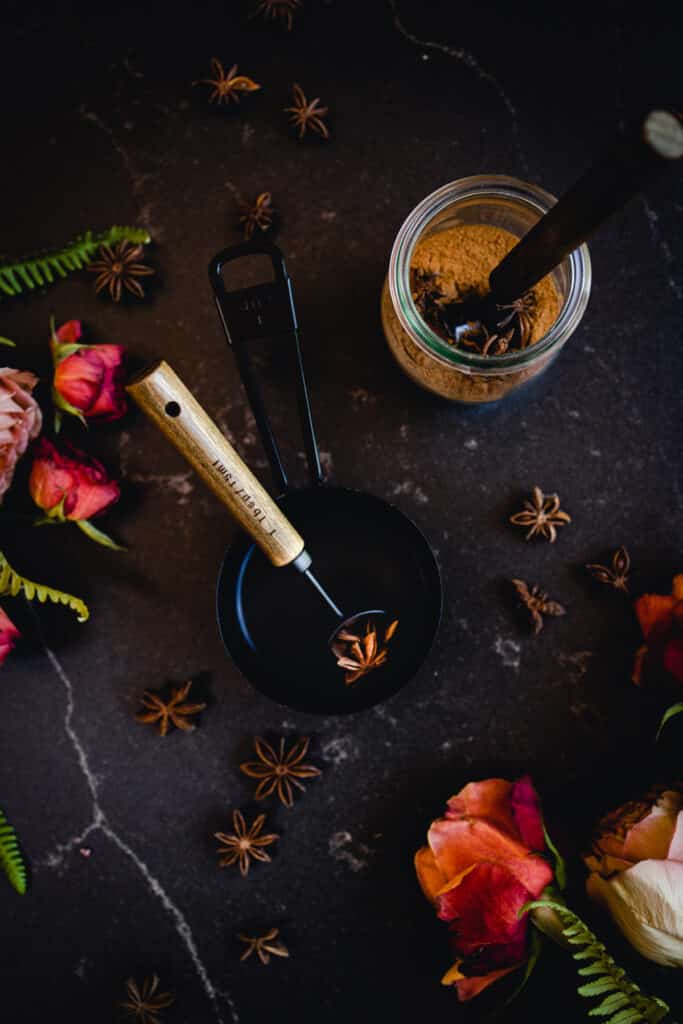
Origins and Historical Usage
The history of the US tablespoon dates back to ancient times when spoons were used as common eating utensils. As European settlers arrived in America, they brought with them their own variations of spoons for measuring and serving food. Over time, a standardized system of measurement emerged, influenced by British weights and measures.
The US tablespoon, along with other customary units, became established as part of the American measurement system. Today, the US tablespoon is recognized as a unit of volume, equivalent to approximately 14.8 milliliters or 0.50 fluid ounces. It is widely used in culinary applications, providing a convenient and familiar way to measure ingredients in recipes.
Common Tablespoon Terms
- imperial tablespoon
- metric tablespoon
- dry tablespoons
Abbreviations
Tablespoon abbreviations vary across different regions and systems of measurement. In the United States, the abbreviation “tbsp” is commonly used to represent tablespoon. Additionally, “T” or “tbl” may also be seen as abbreviations for tablespoon. In the metric system, the abbreviation “tbsp” is used universally.
It’s important to note that these abbreviations are specific to the tablespoon measurement and are commonly used in recipes and culinary instructions. Understanding these abbreviations helps ensure clear communication and accurate measurement when following cooking and baking instructions.
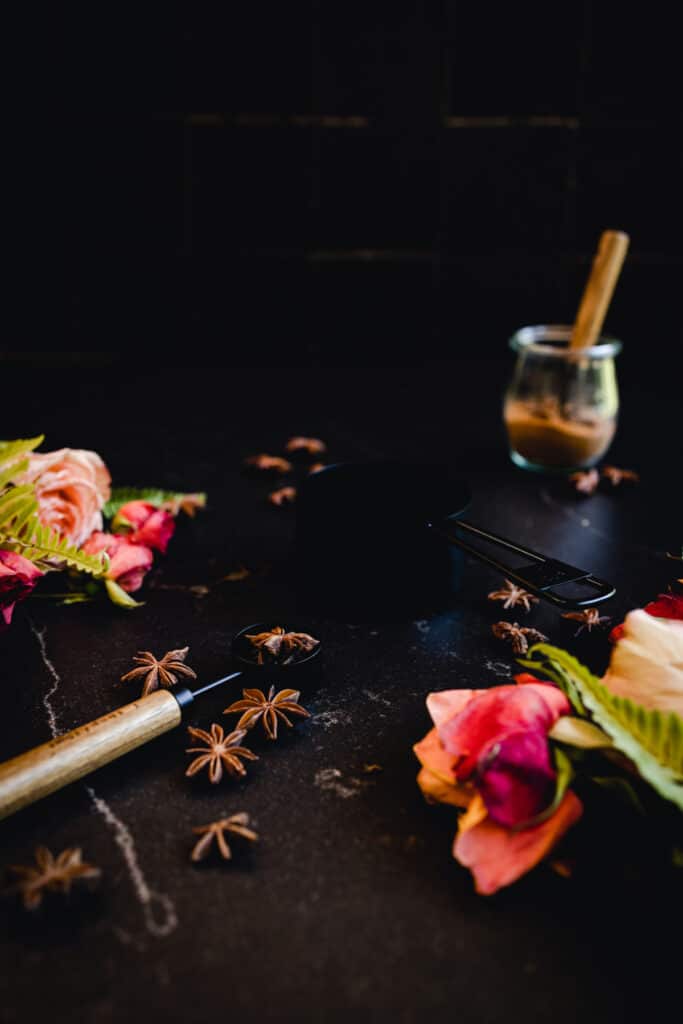
What is a cup?
Here you can talk about where the cup measurement came from, what they were originally used for, and what they tend to be used for today. (And where they are used.) Feel free to write about how the cup compares to the metric cup, UK, Canadian, and Australian cups.
A measuring cup is a common kitchen tool used for accurately measuring the volume of liquid or dry ingredients in recipes. It typically has a handle, a spout for pouring, and clear markings on the side indicating various measurements such as cups, ounces, milliliters, or grams.
Measuring cups come in different sizes, ranging from small increments like teaspoons or tablespoons to larger capacities like cups or quarts. Let’s explore the origins of this important measurement tool, its historical usage, and its relevance in modern times.
Origins and Historical Usage
The concept of the cup as a measurement can be traced back to ancient civilizations, where various cultures developed their own versions of cup measurements. In medieval Europe, cups made of various materials, such as ceramic, metal, or even wood, were used for drinking and serving purposes. These cups had varying sizes, leading to inconsistencies in measurements.
Standardization and Modern Usage
Over time, the need for standardized measurements emerged, and the concept of a standardized cup measurement began to evolve. In the 18th and 19th centuries, efforts were made to establish uniform cup measurements. The modern cup measurement we use today can be attributed to the United States customary system, where one cup is equal to 8 fluid ounces or approximately 236.6 milliliters.
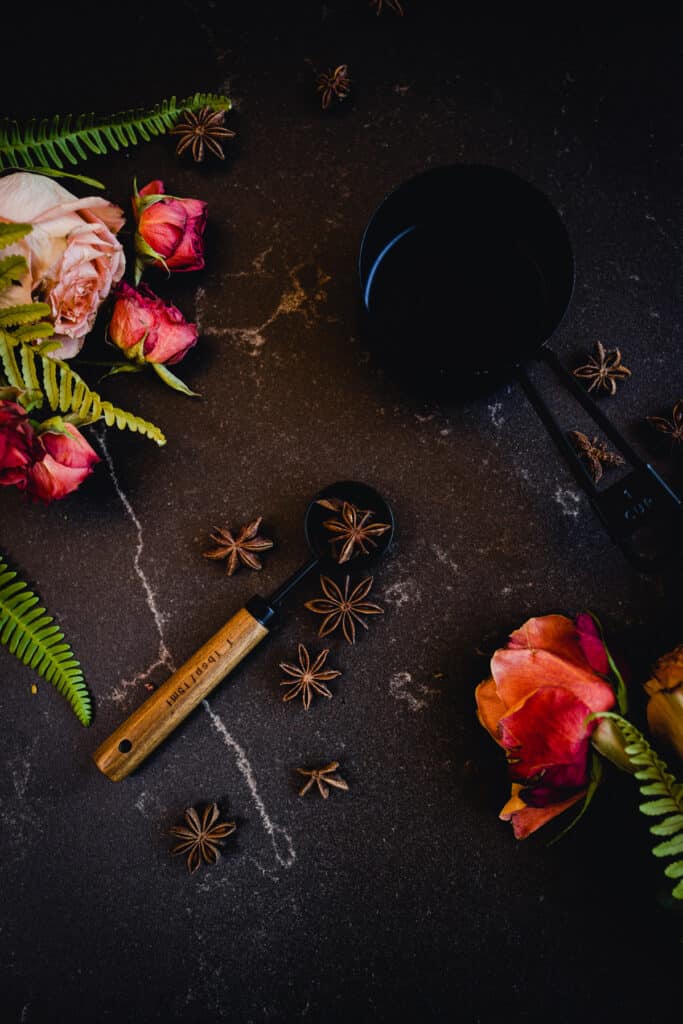
Common Cup Terms
- Imperial system
- Metric system
- Customary cups
- Imperial cup
- Metric cup
Cup Abbreviations
- C
- c
Comparison with Metric, UK, Canada, and Australian Cups
While the US cup measurement is widely used in the United States, it’s important to note that other regions may have slightly different cup measurements. The metric cup, commonly used in many countries, including Canada and Australia, is equal to 250 milliliters or approximately 8.45 fluid ounces. In the United Kingdom, the traditional cup measurement is 284 milliliters or about 9.61 fluid ounces.
Here are some international measurement conversions you may come across.
- Queen Anne Tablespoon (US) = 0.50 fluid ounces or 14.8 milliliters
- Metric Tablespoons (UK & Canada) = 0.51 US fluid ounces or 15 ml
- Imperial Tablespoon (Rarely Used) = 0.60 US fluid ounces or 17.75 milliliters
- Australian Tablespoon (Australia) = 0.68 US fl oz or 20 ml
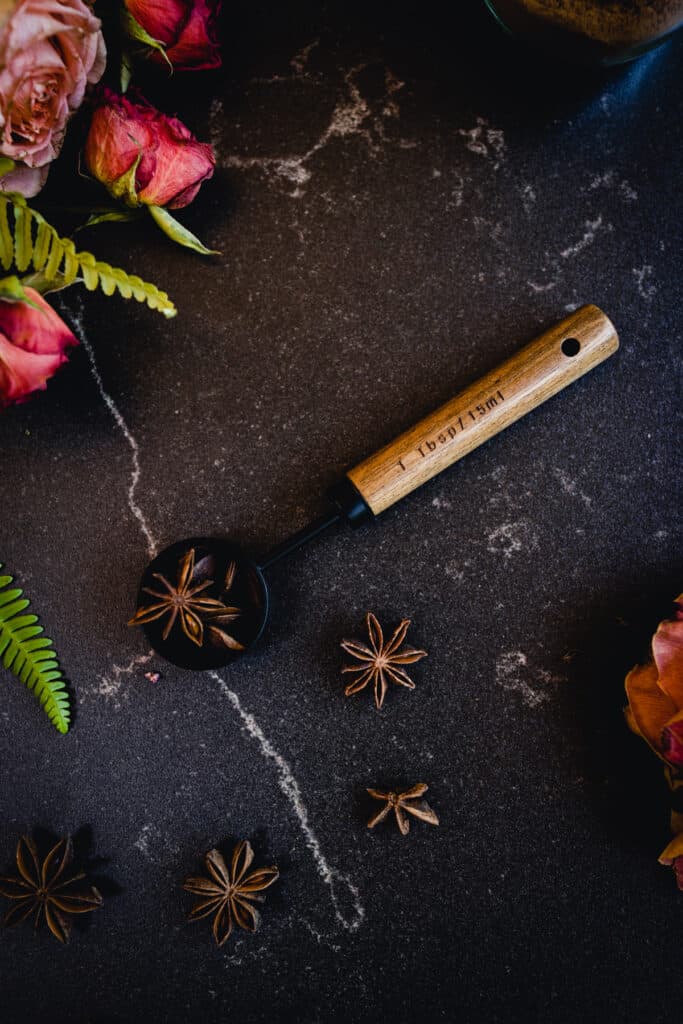
Tablespoons to Cups Conversion Chart for US, UK, Canada, and Australia
Navigating between tablespoons and cups can be a common challenge in the kitchen, especially when following recipes from different regions. To ease the confusion and ensure accurate measurements, this handy chart can be your go-to reference. Whether you’re in the United States, United Kingdom, Canada, or Australia, this conversion chart provides a seamless conversion between tablespoons and cups.
| USA Tbsp | USA C. | UK/CA Tbsp | UK/CA C. | Australia Tbsp | Australian C. |
|---|---|---|---|---|---|
| 1T | 1/16 | 1T | 1/16 | ~3 1/8t | 1/16 |
| 2T | 1/8 | 2T | 1/8 | 1T + 2 1/4t | 1/8 |
| 4T | 1/4 | 4 Tbsp | 1/4 | 3T + 1/2t | 1/4 |
| 5T + 1t | 1/3 | 5T + 1t | 1/3 | 4T + 2/3t | 1/3 |
| 8T | 1/2 | 8T | 1/2 | 6T + 1t | 1/2 |
| 10T + 2t | 2/3 | 10T + 2t | 2/3 | 8T + 1/3t | 2/3 |
| 12T | 3/4 | 12T | 3/4 | 9.375 | 3/4 |
| 16T | 1 | 16T | 1 | 12T + 2t | 1 |
| 32T | 2 | 32T | 2 | 25T | 2 |
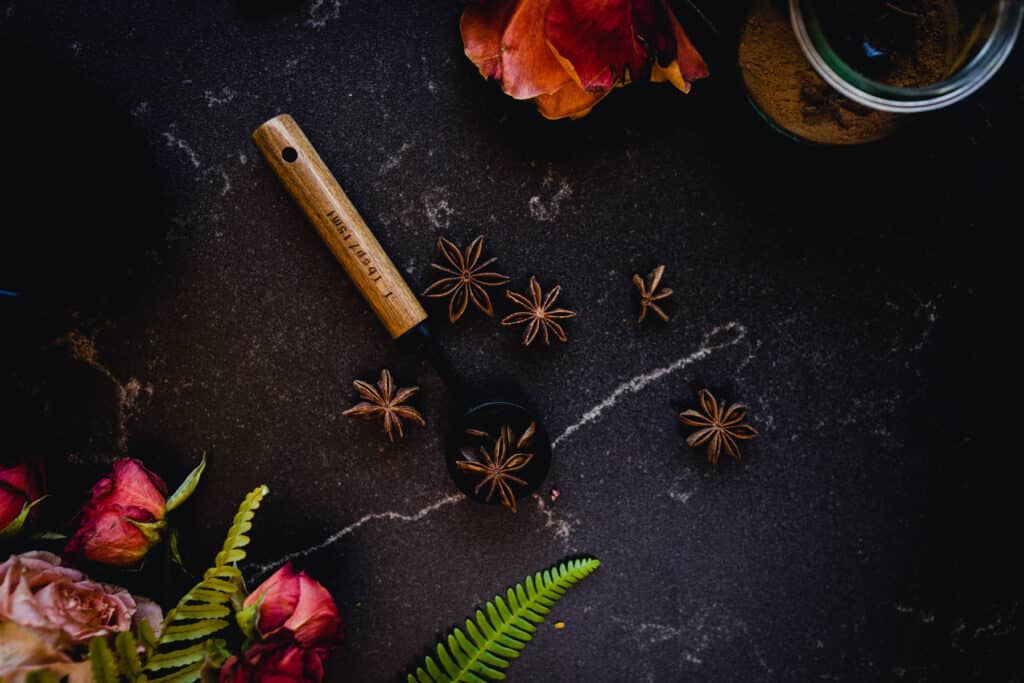
How many tablespoons in 3/4 cup?
In a 3/4 cup measurement, there are 12 tablespoons. Yet, the measurement can vary depending on the density, moisture level, and type of ingredient being measured.
How many tablespoons are in 3/4 cup dry?
In a 3/4 cup dry measurement, there are 12 US tablespoons. When it comes to dry ingredients, such as a cup of flour or sugar, the conversion remains the same as for liquid ingredients.
The standard ratio of 16 tablespoons in 1 cup applies to both dry and liquid measurements. Therefore, by dividing 16 by 4 and then multiplying by 3, we find that there are 12 tablespoons in 3/4 cup dry. This conversion is useful to have in your back pocket for when you don’t have access to handy conversion charts.
How many tablespoons are in 3/4 cup liquid?
There are 12 tablespoons of liquid in a 3/4 cup measurement. It may seem like simple math, but whether you are measuring milk or sugar, the answer is the same. Just remember to utilize the correct type of measuring cup (dry vs wet), for accurate measuring.
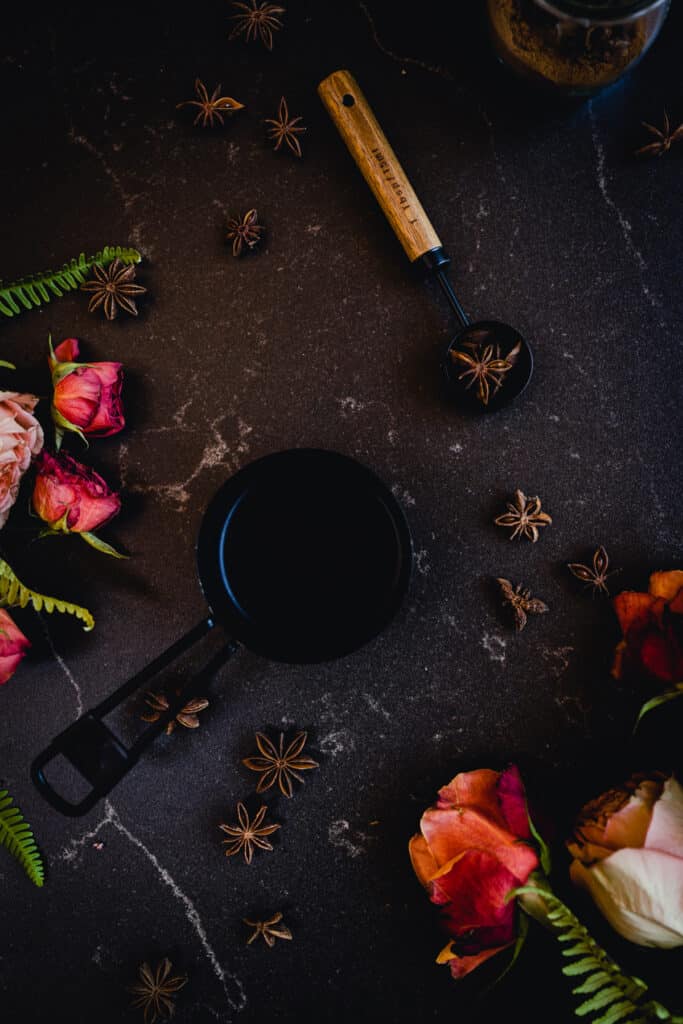
How many tablespoons are in 3/4 cup of butter?
In 3/4 cup of butter, there are 12 tablespoons. If you have a stick of butter with markings on the packaging, it becomes even easier to measure. Each stick of butter typically has tablespoon markings on the wrapper. One stick of butter is equivalent to 8 tablespoons. So, to get 3/4 cup of butter, you would need 1 1/2 sticks of butter.
How many tablespoons are in 3/4 cup of sugar?
In 3/4 cup of sugar, there are 12 tablespoons. However, it’s important to note that different types of sugar may have varying measurements. When it comes to white or granulated sugar, you can easily measure it by scooping and ensuring a flat top of the measuring spoon or cup. On the other hand, when measuring a cup of brown sugar, especially the moist or packed variety, it must be firmly packed to ensure correct measurement.
How many tablespoons are in 3/4 cup of cocoa powder?
In 3/4 cup of cocoa powder, there are 12 tablespoons. To measure cocoa powder accurately, start by spooning the cocoa powder into the measuring spoon or cup until it’s slightly overflowing. Then, level off the excess powder using the straight edge of a knife or a spatula. Avoid packing or pressing down the cocoa powder, as it can result in an incorrect measurement.
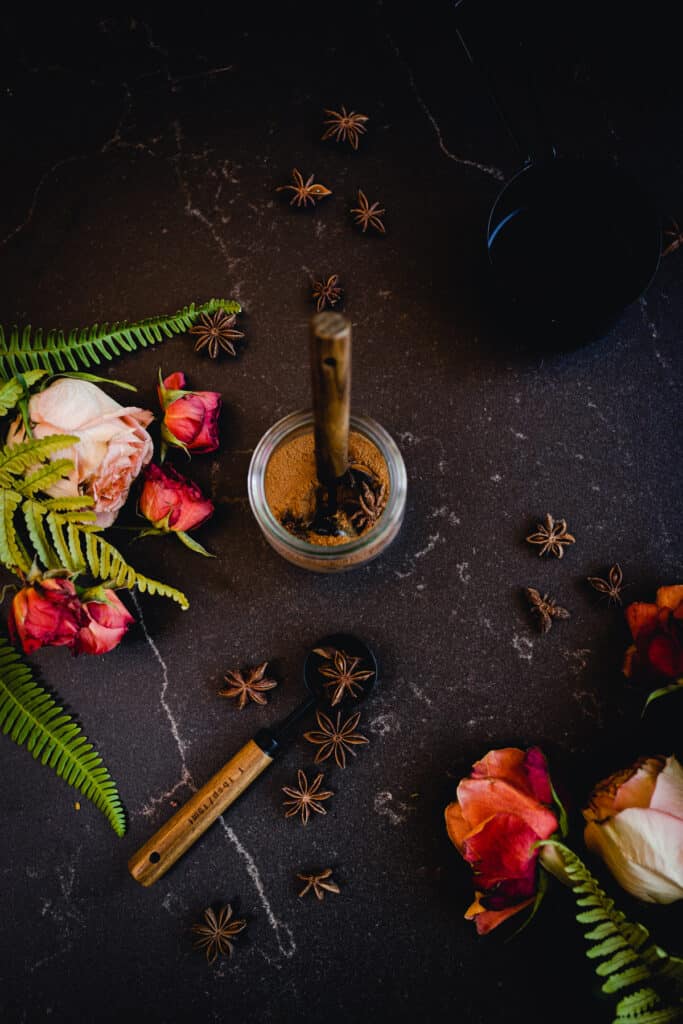
American Tablespoon To US 3/4 Cup Conversion Chart
If you’ve ever found yourself needing to convert between u.s. tablespoons and cups in your American recipes, this handy chart will come to your rescue.
| Tablespoons | Cups |
|---|---|
| 1 tbsp | 1/16 cup |
| 2 tbsp | ⅛ cup |
| 4 tbsp | ¼ cup |
| 5 tbsp | ⅓ cup |
| 8 tbsp | ½ cup |
| 11 tbsp | ⅔ cup |
| 12 tbsp | ¾ cup |
| 16 tbsp | 1 cup |
| 32 tbsp | 2 cups = 1 pint |
Wet Measuring Cups Versus Dry Measuring Cups
In the world of culinary arts, it is widely recognized that dry and liquid ingredients require different measuring techniques for accurate results. Wet measuring cups are specifically designed with clear markings on the glass to measure liquids. They are not meant to be filled to the brim but instead to the indicated measurement line. Additionally, they feature a convenient spout for easy pouring.
On the other hand, dry measuring cups are typically made of metal or plastic and come in various sizes. They are tailored for measuring dry ingredients like flour, sugar, or spices. The flat edge allows for precise leveling off with a spatula or knife, ensuring accurate measurements. By utilizing the appropriate measuring tools, home chefs can achieve consistency and precision for their delicious meals.
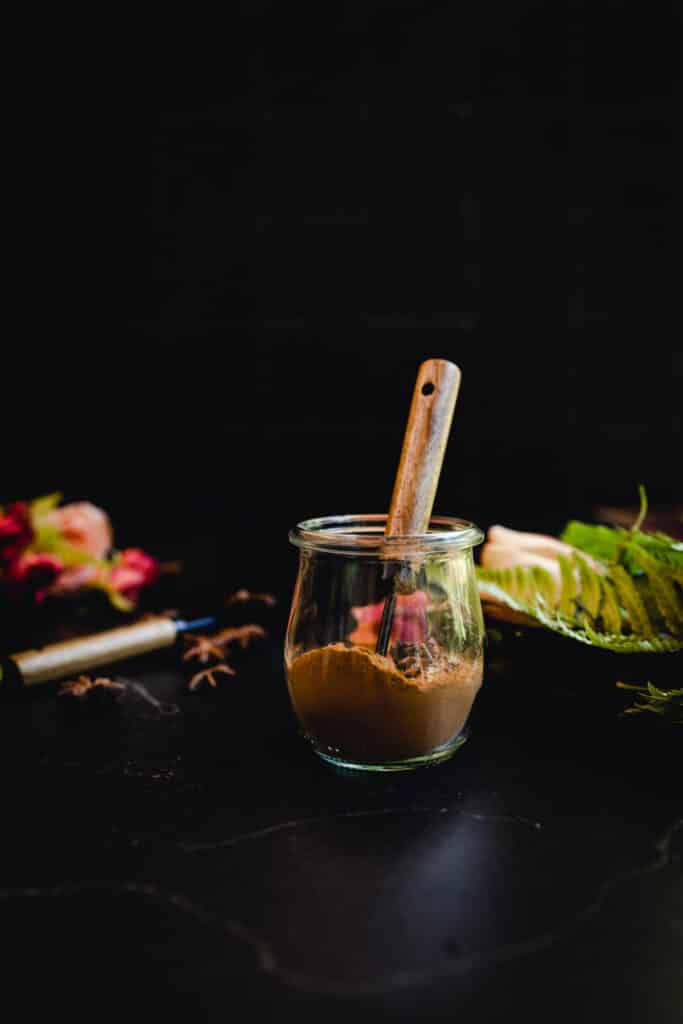
What is the best way to measure dry ingredients?
The best way to measure dry ingredients accurately is by using the “spoon and level” method. Start by fluffing up the dry ingredient in its container using a spoon or a fork to break up any clumps. Then, gently spoon the ingredient into the dry measuring cup, filling it slightly above the rim. Use the back of a knife or a straight-edge utensil to level off the excess, ensuring a flat and even surface.
This method helps prevent packing the ingredient into the cup, which can lead to inaccurate measurements. Remember to measure dry ingredients on a flat surface at eye level for the most precise results.
What is the best way to measure liquid ingredients?
The best way to measure liquid ingredients accurately is by using a liquid measuring cup. These cups typically have a spout and markings on the side indicating different volume measurements. To measure a liquid ingredient, place the measuring cup on a flat surface and pour the liquid into the cup, filling it to the desired mark.
To ensure accuracy, bend down to eye level and check that the liquid aligns with the appropriate measurement line. Be cautious when pouring to avoid spills or overflow. For sticky liquids like honey or syrup, you can coat the measuring cup with a small amount of oil or cooking spray beforehand to make the liquid pour out more easily.
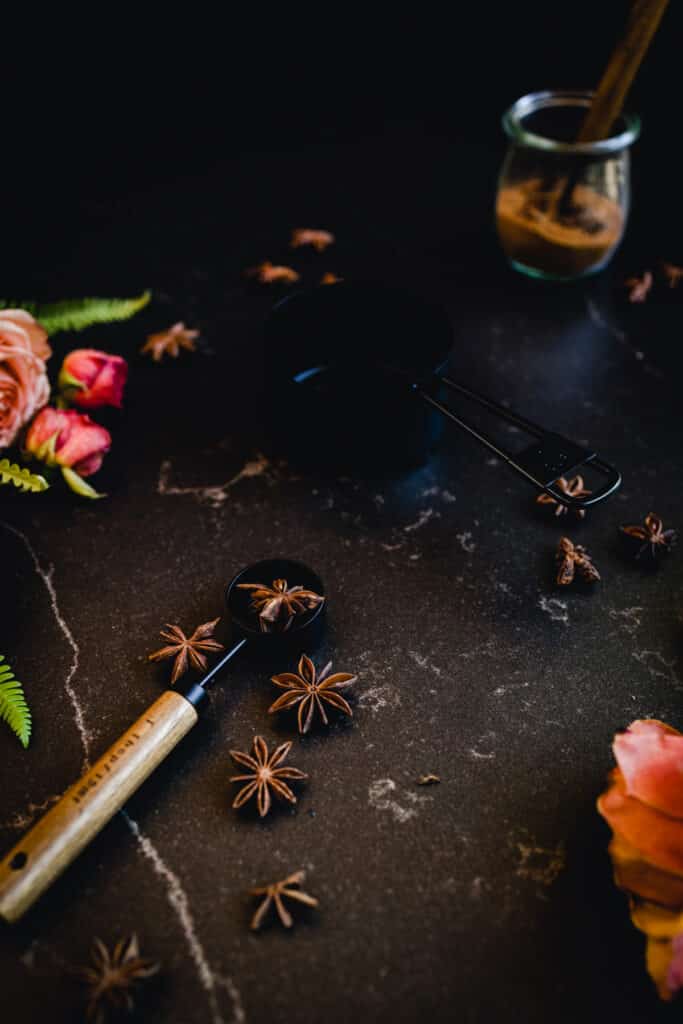
Free Download: Tbsp to Cups Conversion Guide!
FAQ
In a 3/4 cup measurement, there are 12 tablespoons. This conversion is based on the standard ratio of 16 tablespoons in 1 cup. By dividing 16 by 4 (since 3/4 is three-quarters of a cup) and then multiplying by 3, we get the equivalent of 12 tablespoons in 3/4 cup.
No, 6 tablespoons is not equal to 3/4 cup. In terms of measurement, 3/4 cup is equivalent to 12 tablespoons. For more common conversions, check out our free chart.
To create a 3/4 cup measurement, begin with a measuring cup that can accommodate at least 1 cup of liquid. Gradually pour the liquid or ingredient into the measuring cup until it reaches the 3/4 cup mark. It’s important to verify the measurement at eye level for precise accuracy.
In case your measuring cup doesn’t have a specific 3/4 cup marking, you can use a quarter cup measure and fill it three times to achieve the equivalent of a 3/4 cup.

Final Words
By understanding proper measurement techniques and conversions, you can skillfully prepare your favorite recipes without any hassle. Armed with this knowledge, when a recipe calls for 3/4 cup of water, you’ll be equipped to determine the precise number of tablespoons needed. Happy cooking!

Yay for clear measurements! They’re so important!
Yay!